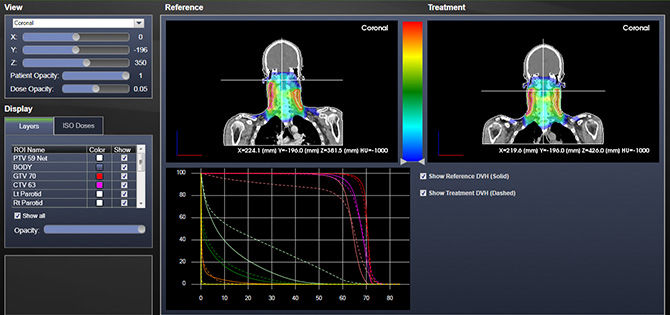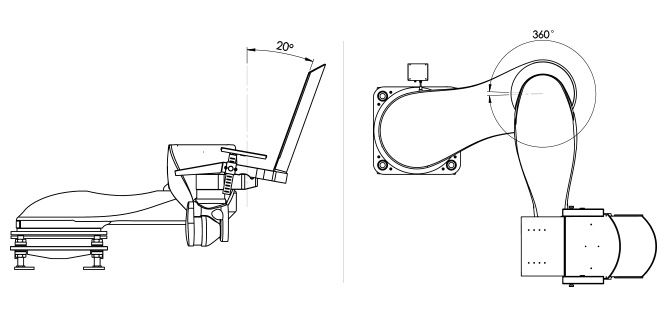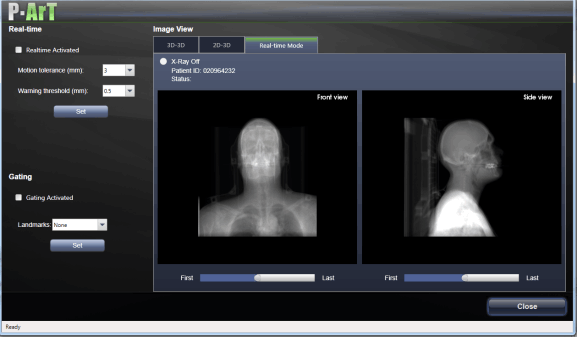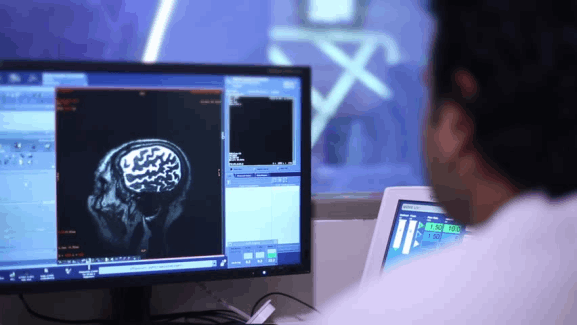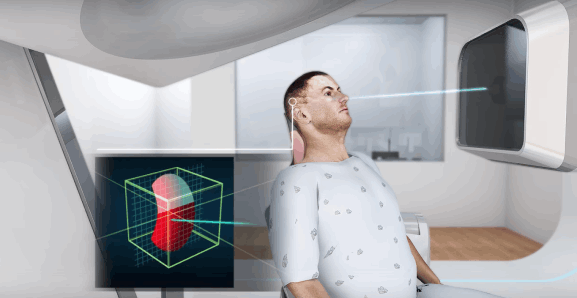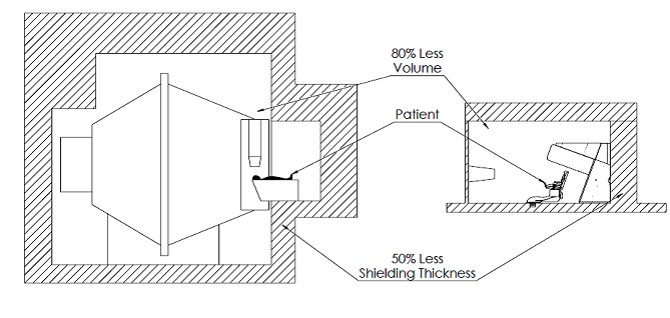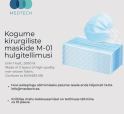1
Diagnostic In-Room CT
FDA-cleared, in-room diagnostic quality 4D CT is integrated with an adaptive therapy workflow, and combined with pencil beam scanning, ensuring the treatment plan is always updated and delivered to the patient with unprecedented precision.
